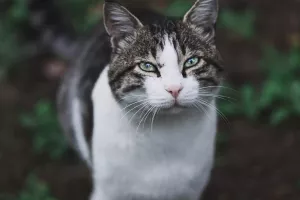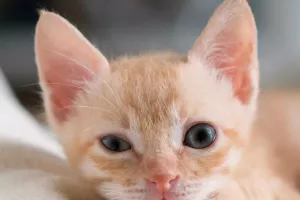The sika deer is a medium-sized deer, with a body length of 140-170 cm and a shoulder height of 85-100 cm. The weight of the sika deer can reach 100-150 kg. Generally speaking, only the male sika deer will grow the antlers. There is a dark brown line in the middle of the sika deer. In summer, the hair of the sika deer is brown and the body is covered with distinct white spots.
The sika deer lives on the edge of the forest or mountain grassland. As the season changes, the habitat of sika deer has also changed. Bucks usually live alone and return to the group when the estrus mating. The sika deer likes to act in the morning dusk, mainly based on green grass leaves. The sika deer produced a cub at one time, and the newly born young baby had white spots.
Because the sika deer has a slender limbs and narrow front hoofs, it runs quickly and has a strong jump ability. The plum deer is light and agile, especially good at climbing steep slopes. The growth and reproduction of the sika deer is mostly a group activity. The number of sika deer groups changes with the impact of the season, natural enemies and human factors, usually 3-5, sometimes more than 20.
In the animal world, sika deer is naturally timid, sensitive, and has a well -developed hearing and smell. They don't like to be disturbed while eating. Once there is any movement, it will cause it to be surprised.
In fact, the hair color of the sika deer changes with the season, and the hair will be replaced twice a year. From winter to summer, the hair of the sika deer's body is very thin, and these white hair spots are particularly obvious. From summer to winter, the entire fur of the plum deer is brown, hair is long and thick, and plum spots in winter become very unknown.
Only the male sika deer has a horn. In mid -April each year, the old antlers of the male sika deer will fall off, and the new horns are reappeared. The sika deer is a seasonal estrus animal and is in estrus every year. October-November is the mating period. At this time, they seemed annoying and uneasy, and their appetite was reduced, which was particularly obvious on the Bucks. If there are two adult male deer above the deer group, there will be fierce battles, which will eventually cause both defeats. The strong one will drive the weak one out of the group. It is not until the mating period that this situation will slowly return to normal.
Under the shift of time, the wild sika deer is constantly decreasing. On the one hand, because of the changes in the environment, many sika deer cannot be adapted; on the other hand, humans have been killing sika deer.
In order to allow this species to continue to reproduce, some areas have begun to support artificially raising sika deer. However, there is a essential difference between the sika deer and the wild sika deer. If the wild sika deer is out of extinction, this will cause imbalance between species for nature. So in 2015, the plum deer was included in the list of endangered species.


